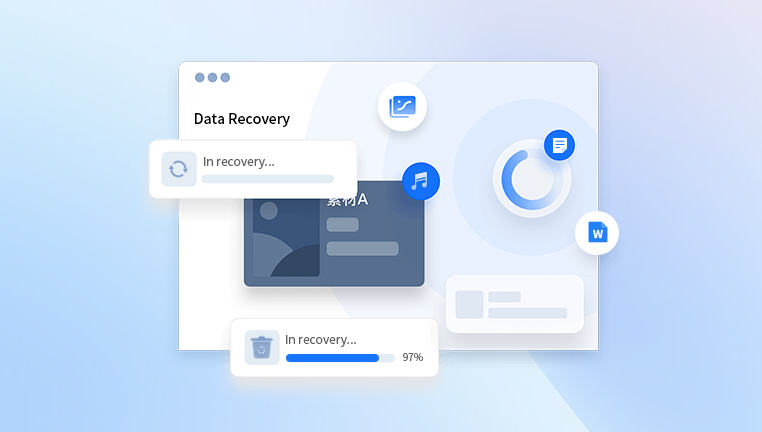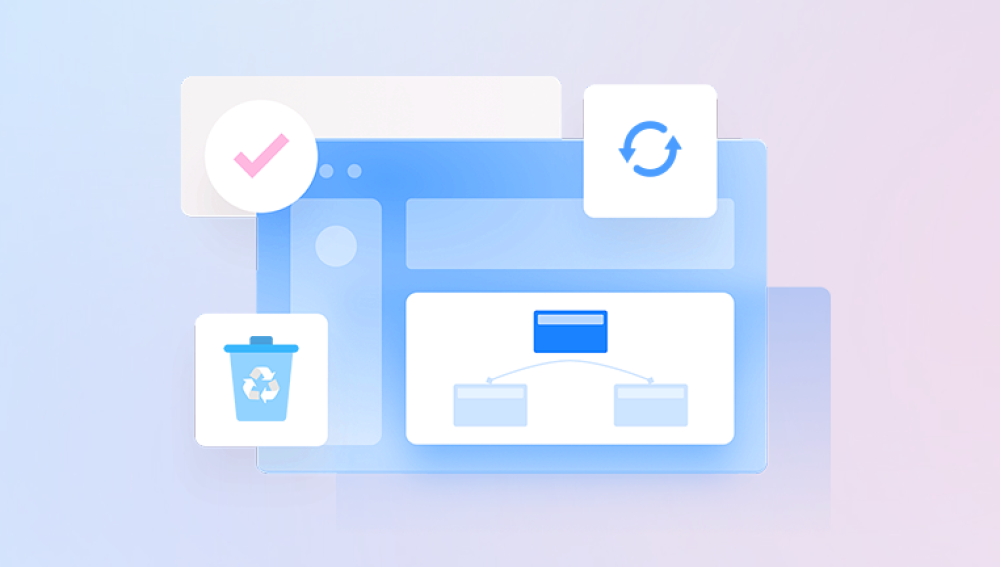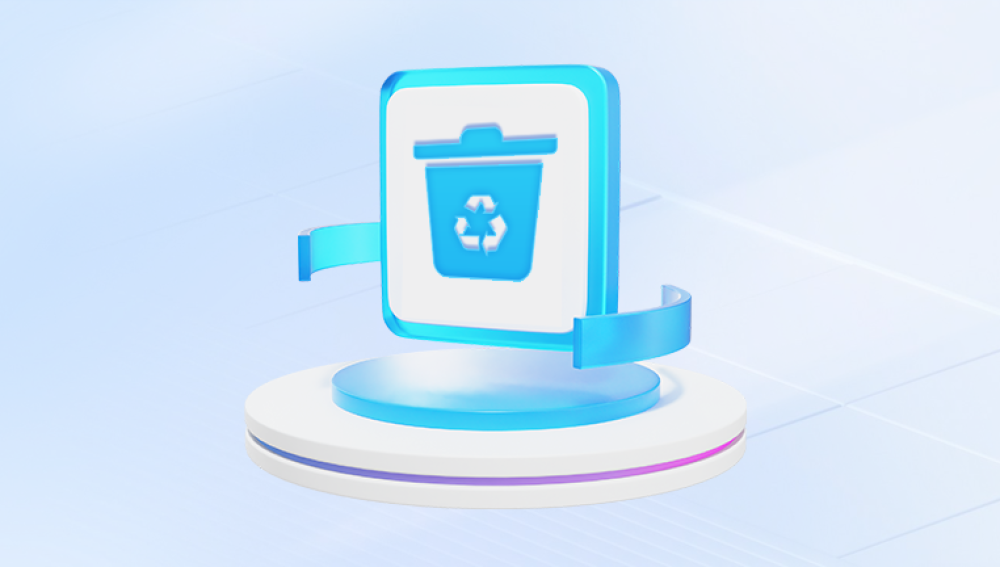When files are deleted in Windows 10. they are typically moved to the Recycle Bin, providing a safety net that allows users to recover accidentally deleted files. However, there are scenarios where deleted files bypass the Recycle Bin altogether. Understanding why this happens and how to address it can help users manage their files more effectively.
1. File Size Exceeds Recycle Bin Capacity
Each drive in Windows 10 has a configured storage limit for the Recycle Bin. If a deleted file exceeds this limit, it will bypass the Recycle Bin and be permanently deleted. Users can check and adjust the Recycle Bin storage settings by following these steps:

Right-click on the Recycle Bin icon on the desktop.
Select "Properties."
Choose the drive for which you want to configure settings.
Increase the maximum size allocated for the Recycle Bin.
2. Shift + Delete Command
When users delete files using the Shift + Delete keyboard shortcut, the files are permanently deleted without being moved to the Recycle Bin. This method is intended for users who are certain they want to permanently remove files and do not need the safety net of the Recycle Bin.
3. Files Deleted from Network Locations
Files deleted from network drives or external drives (like USB flash drives or external hard drives) do not go to the Recycle Bin on the local machine. They are typically deleted immediately and cannot be recovered through the Recycle Bin.
4. Recycle Bin Settings
The Recycle Bin has settings that can be configured to bypass it entirely. Users may have accidentally or intentionally set their Recycle Bin to permanently delete files. To check and modify these settings:
Right-click on the Recycle Bin icon.
Select "Properties."
Ensure that "Don’t move files to the Recycle Bin. Remove files immediately when deleted." is unchecked.
5. Group Policy Settings
In some organizational environments, administrators might set group policies that direct deleted files to bypass the Recycle Bin. These policies are usually applied for security or storage management reasons and can be configured through the Group Policy Editor.
6. Full Recycle Bin
When the Recycle Bin is full, the oldest files will be permanently deleted to make room for new deletions. Users should regularly empty the Recycle Bin to prevent this from happening.
Solutions to Prevent Files from Bypassing the Recycle Bin
1. Increase Recycle Bin Size
Adjust the storage limit of the Recycle Bin to accommodate larger files. This can prevent large files from being permanently deleted. Follow these steps:
Right-click the Recycle Bin and select "Properties."
Increase the maximum size for the Recycle Bin.
2. Change Deletion Behavior
Avoid using Shift + Delete unless you are sure you want to permanently delete the file. This simple change in habit can prevent accidental permanent deletions.
3. Regularly Empty the Recycle Bin
Keep the Recycle Bin from becoming full by regularly emptying it. This ensures there is always space for newly deleted files.
4. Backup Important Files
Regular backups can mitigate the risk of data loss. Use Windows 10 built-in backup tools or third-party software to back up critical files to an external drive or cloud storage.
5. Check Recycle Bin Settings
Ensure that the Recycle Bin is configured correctly by verifying the settings in the Recycle Bin properties. Make sure that the option to bypass the Recycle Bin is not selected.
6. Use File Recovery Software
If files are accidentally deleted and do not appear in the Recycle Bin, file recovery software can help retrieve them. Programs like Recuva, EaseUS Data Recovery Wizard, and Disk Drill are effective tools for recovering lost files.
Best Practices for Managing Deleted Files
1. Implement a File Management Strategy
Organize files in a way that minimizes the risk of accidental deletion. Use folders, consistent naming conventions, and regular audits to keep track of important files.
2. Educate Users
In organizational settings, educate employees about the importance of file management and the consequences of using Shift + Delete. Provide training on how to configure Recycle Bin settings and use backup solutions.
3. Utilize Version History
Take advantage of version history features in cloud storage services like OneDrive or Google Drive. These features allow users to restore previous versions of files, providing an additional layer of protection against accidental deletions.
4. Monitor Disk Space
Regularly monitor disk space to ensure that the Recycle Bin and the drive itself have sufficient storage. This can prevent issues related to full drives and ensure that the Recycle Bin can function properly.
5. Set Up System Restore Points
System Restore points allow users to revert their system to a previous state, which can be helpful in recovering deleted files. Configure regular system restore points to provide a fallback option in case of accidental deletions.
6. Use Administrative Tools
For IT administrators, using administrative tools and policies to manage Recycle Bin settings across the organization can ensure consistency and prevent accidental data loss.




